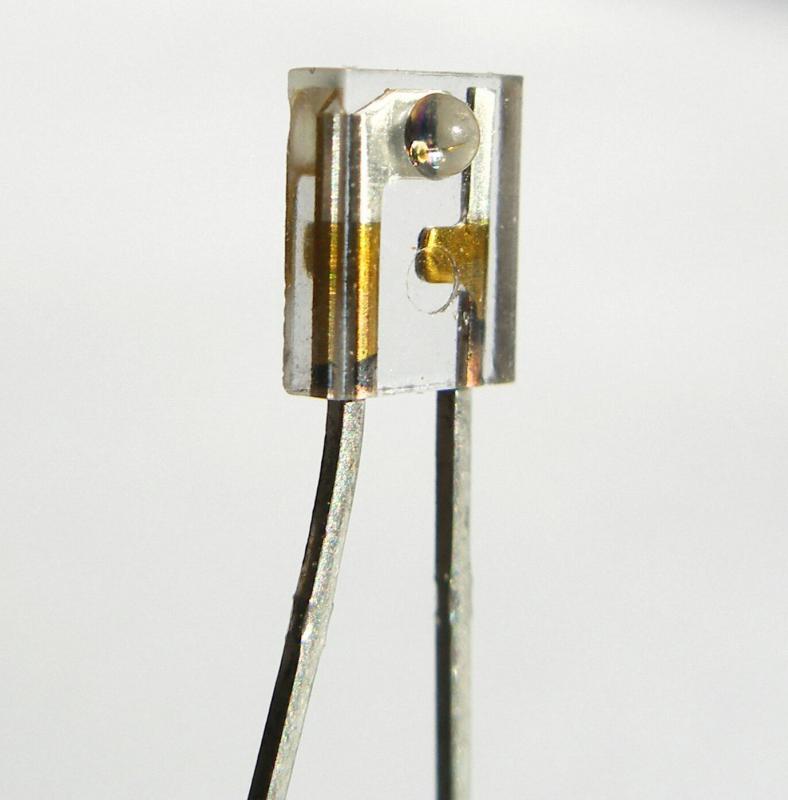At WiseGEEK, we're committed to delivering accurate, trustworthy information. Our expert-authored content is rigorously fact-checked and sourced from credible authorities. Discover how we uphold the highest standards in providing you with reliable knowledge.
What Is an Avalanche Photodiode?
There are many applications in which light is converted into electrical signals, including fiber optic communication systems. One component that can do this is the avalanche photodiode (APD). Particles called charge carriers enter the diode and are exposed to an electrical field. In a process called an avalanche, particles are generated through collisions, and a light particle called a photon can generate many electrons to produce an electric current. Optical receivers usually include an avalanche photodiode as well as photon counters and rangefinders used in cars, construction, and even hunting.
Avalanche photodiodes are usually constructed of crystalline silicone layers between two electrodes. An electric field triggers the process as light enters the diode. There are various kinds of APDs which can function according to the wavelength of light that enters them. If they are made of silicon, the spectral range is typically 300 to 1,100 nanometers, while a germanium avalanche photodiode is often suitable for light wavelengths from 800 to 1,600 nanometers. Another version made of indium, gallium, and arsenic can operate with 900 to 1,700 nanometer wavelengths.

An avalanche photodiode is often available in a range of sizes. Larger diodes can acquire more light than smaller ones, and eliminate the need for other optical components which can add expenses. The use of smaller varieties is beneficial when semiconductor wafer space is limited. An APD is generally best suited for when the light intensity is relatively low, but the detection of middle to high frequencies is necessary.
Silicon components with positive and negative electrical charges are often used in an avalanche photodiode. The setup typically creates a reverse biased voltage, which refers to the voltage as higher at one end than the other. Breakdown voltage is the least amount of current that can trigger the diode to conduct. The avalanche effect can continue if the charge carrying particles accelerate at high enough rates. Reverse bias voltage typically must be higher than the breakdown; if it is less, then the friction can cause the particles to slow down.
The transmission capacity of an optical system is often dependent on the type of avalanche photodiode used. Distance measuring systems can also benefit, such as traffic speed guns for law enforcement, as well as rangefinders used by hunters. Avalanche photodiodes are often a part of laser sensors found in harbor navigation systems, survey equipment, or in machines that need to sense the proximity of people and equipment. They can also be a part of hazard warning systems for automobile drivers.
AS FEATURED ON:
AS FEATURED ON:











Discuss this Article
Post your comments